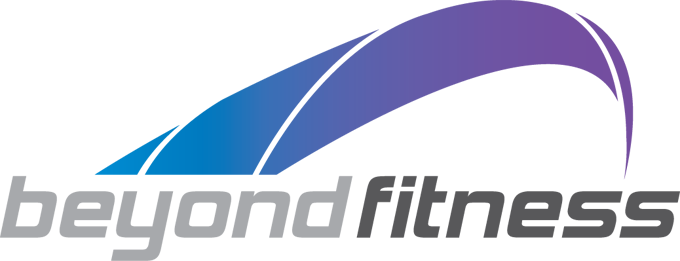What is progressive overload?
Progressive overload is known as a gradual increase in stress being applied to the body during exercise. This occurs via small increases to one of the following factors; volume (weight/length of training), frequency (how often the training is performed) and intensity (how hard the training is).
This put into real person talk is small increases in training allowing your body to adapt to the stress allowing improvements in the particular sport.
When to apply?
Most people think of progressive overload as a weight training principle however it can and should be applied to all areas of exercise, especially those in which you’re looking to improve on. It should be noted that progressive overload won’t happen in a straight line for example beginners are more likely to see rapid improvements when compared to an advanced counterpart therefore listen to your body when applying it.
How much load to increase?
The exact amount will differ from workout to workout/week to week but as a rough guide, 10% increases are generally safe and effective for increasing exercise performance. This 10% increase applies to one factor at a time therefore it’s not recommended to increase both intensity and volume from week to week.
Below I will give examples of how apply progressive overload can be applied in different sports using a variety of factors;
- Weight training; Increases in volume
| Week 1 | Week 2 | Week 3 |
| Squat;
3 sets of 10 reps @ 50kgs |
Squat;
3 sets of 12 reps @50kgs |
Squat;
3 sets of 14 reps @50kgs |
| Bench press;
3 sets of 15 reps |
Bench press;
3 sets of 8 reps at 55kgs |
Bench press;
3 sets of 9-10 reps @55kgs |
*By either increasing the repetitions or weight that is lifted.
- Running intervals; Increases in intensity
| Week 1 | Week 2 | Week 3 |
| Run interval; 10 sets
60sec on, 60sec off @80% max |
Run interval; 10 sets
60sec on, 50sec off @80% max |
Run interval; 10 sets 60s on and 45s off @80% |
*Decreasing the rest interval will increase the intensity of the session however make it shorter, for increases in intensity you could also run at a faster pace e.g. 85%max.
- Swim training; Increases in frequency
| Week 1 | Week 2 | Week 3 |
| 1-2 swim sessions per week totalling 45minutes | 2 swim sessions per week totalling 50 minutes | 2-3 swim sessions per week totalling 55minutes |
*In this example both the number of sessions and time spent in the water increase. Time limit is put in place due to increasing the frequency of training but controlling the total training time.
That is all from today’s post, any questions as always please contact me on Jamey.beyondfitness@gmail.com.
Thanks for reading,
Jamey Pemmelaar (Osteopath)

